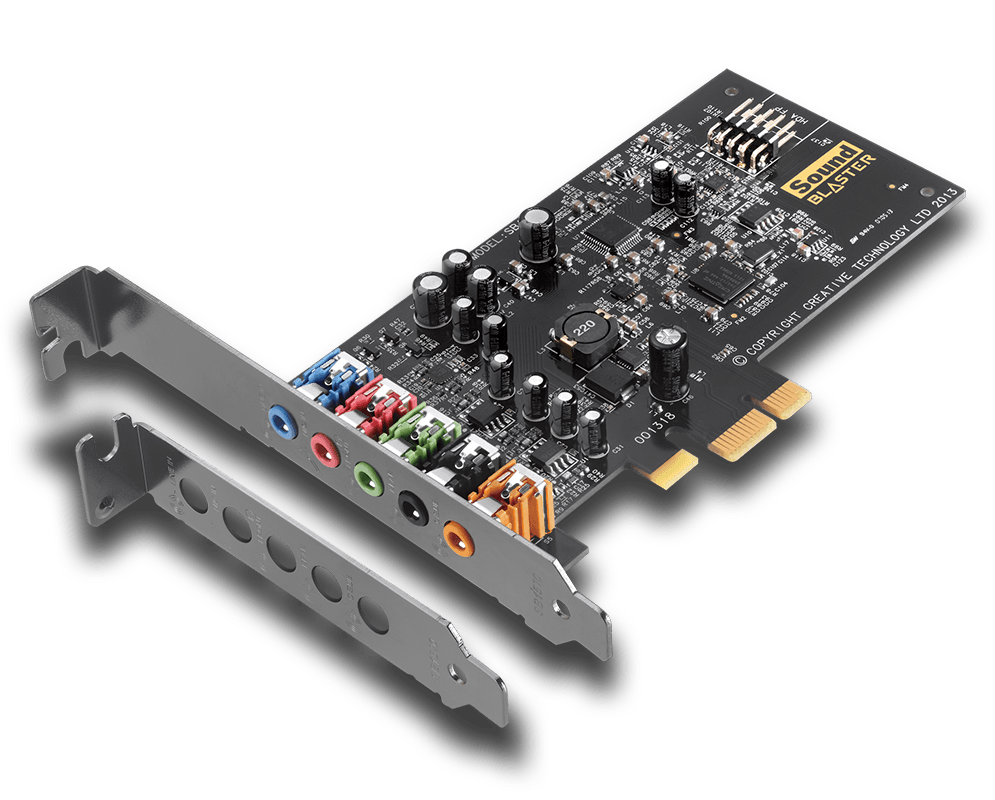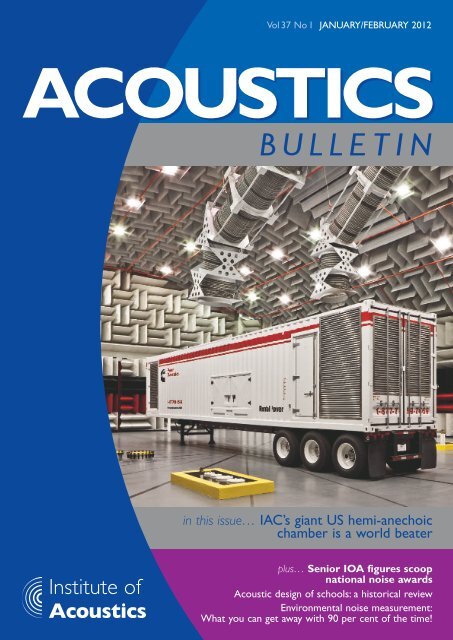Eugene Gavrilov Sound Cards & Media Devices Driver Download
- Eugene Gavrilov Sound Cards & Media Devices Driver Download Mac
- Eugene Gavrilov Sound Cards & Media Devices Driver Download Windows 10
- Eugene Gavrilov Sound Cards & Media Devices Driver Download
- Eugene Gavrilov Sound Cards & Media Devices Driver Download Free
If there’s a single noise that could sum up the sound of the 1990s, a frontrunner would be the digital screech of a dial-up modem as it slowly connected to the internet. It was largely confined to that decade, becoming prevalent as the internet rose in popularity, and then faded as broadband gradually took over. As computer rooms everywhere went silent, what once was considered annoying now has taken on an improbable nostalgic love, a lot like the TV show Friends.
But wouldntchaknowit, all that noise didn’t disappear completely. It’s often happening all around us, imperceptibly, in a slightly different form.
About 10 years ago, the mobile payment company Square introduced its card reader. It was a little white box, appropriately square-shaped, with a slit one could swipe credit cards through. It allowed anyone to charge a card from their smartphone. The gears of commerce were greased.
- The mixing algorithm is based on windows sound mixer and have a good quality. Many voice chat software or music player (such as foobar2000, winamp) or online broadcasting site (such as youtube, blogtv.com) only allows the user to stream microphone sounds, with Virtual Audio Cable, you can stream all what you hear to them.
- Universal Audio UAD-2 Driver 5.6.0 Free Universal Audio UAD-2 DSP card and Powered Plug-Ins driver Updated: December 5 th 2017 182,983 total downloads 20 last week.
Its genius was in its simplicity. It worked by utilizing a phone’s headphone jack, converting credit card data into noise, then sending that noise to a phone to interpret and complete a transaction. That noise, when amplified, sounds like this (note that you should definitely turn your volume down a bit before pressing play):
Buy a gift card to Velvet Thunder Sound Systems. Send it online to anyone, instantly. Velvet Thunder Sound Systems - 2254 Silhouette St - Eugene, OR. Windows 7 download kx project audio driver 5 drivers download. In 'Bug Reports' started by mole2old, When the 64 bit ASIO driver appears in my. Download & install the kX drivers from www.kxproject.com. KX Router ASIO settings: ASIO output 'KX Out 0' is routed to FXBus 0, 15, 13 and 14, but only 0 has. Eugene Gavrilov - Eax Support. Discussion in '3-D Audio' started by roadrunner900, Feb 20, 2004.? How important is EAX support. Not important 29 vote(s) 12.4%.
Behold, the dissonant music of capitalism.
The technology inside is nearly as retro as the sound it makes. When the first version of the reader came out, there were a bunch of teardowns that dissected it and figured out how it worked. This one from Andy Bromberg (co-founder/creator of CoinList) is perhaps the most detailed, if you want to get super wonky about it. The CliffsNotes version: The device contains an eighth-inch headphone jack connector, a magnetic head (like what you’d find in a cassette tape player), and two wires connecting them. That’s it.

In practice, the magnetic head reads the credit card’s magnetic strip when it’s swiped through. Note that the magnetic strip has three tracks, each containing specific information about the card and its owner — its numbers, expiration date, CVV number, and its owner’s name. (Which, by the way, if you want to learn more about how the cards work, and leap back in time, here’s a somewhat dated .txt file from 1992 explaining how credit card magstrips work, by Count Zero of Cult of the Dead Cow fame.)
So, the magnetic head reads one of the tracks in the magstrip, converts it to sound, and then sends that sound into your device through the headphone jack. Your phone then reads/interprets the noise and creates a transaction based on the received information. All of this happens in an instant so that you can (beep beep boop boop) buy an overpriced latte. If you want, think of your credit cards as shitty mixtapes made by your bank.
Eugene Gavrilov Sound Cards & Media Devices Driver Download Mac
All credit card readers basically function this way, although their noise is much harder to eavesdrop in on compared to the Square reader, since they aren’t hooked up to a headphone plug. The screeching of a dial-up modem also functions somewhat similarly, in that they transmit data via noise, then send it over phone lines. The initial noise when your modem attempted to connect is called a “handshake” (each specific noise in the exchange is interpreted here, if you’re curious). The modem had a little speaker to play the handshake, so that users would know if something went wrong, like a clueless parental figure picking up the phone in the other room when you were halfway through downloading a mislabeled bluegrass cover of “Gin and Juice” (please note that it is actually by a band called The Gourds; the song is not by Phish).
The obvious follow-up question to all this, for a particular kind of pretentious dork, would be whether or not these noises can be used to create music. In a way, they kind of already are. Random credit cards serve as sheet music, instructions that a machine interprets and then belches out noise. Grating, sure, but it’s not like other forms of transactional racket — like say a cash register ka-ching — sound especially good, and they’ve been used in plenty of hit songs, top among them Pink Floyd’s “Money.”


Eugene Gavrilov Sound Cards & Media Devices Driver Download Windows 10
Moving beyond credit card readers, the data-noise can be duplicated with other instruments. Back in 2013, ThinkGeek sold a synth, called the Music Modem, that recreated the noise. You can apparently plug a Hropan Mk3 synth into an overdriven amp and get the same effect. It’s possible to transcribe the noise and have people sing it, though it’s kind of creepy. There’s even a guitar pedal, called Syntax Error, that simulates that beautiful, horrible noise from an era before the internet ruined democracy.
Okay, so none of the noises that stuff makes is going to be used to create a hit song, but discursive techno-hell music doesn’t have to sound excruciating and experimental. Maybe someone out there will take the sweet squawks of Square transactions and use them as the starting point for a composition. Kind of like RAC’s “56k” (a track using the noises of a dial-up modem trying to connect), James Ferraro’s Far Side Virtual (which in part mimics old ringtones), Yacht’s Chain Tripping (composed with the help of machine learning), and Holly Herndon’s Proto (in which a neural network named Spawn sings along). So: which brave musician will be willing to sing and/or rap over a sample of their credit card information in the name of discursive art?
Technically, someone could potentially recreate all of this data-noise not because they were a weird synth geek, but in order to mess with Square’s software, or perhaps commit credit card fraud. Though possible it would be sort of excessive in that it’d require already knowing all the credit card information. It’d be sort of like meticulously cutting open a safe with a thermal lance when you’ve already got the combination written out on a slip of paper.
Eugene Gavrilov Sound Cards & Media Devices Driver Download

Eugene Gavrilov Sound Cards & Media Devices Driver Download Free
As imperceptibly as these transaction noises have gradually surrounded us, so too are they imperceptibly disappearing. In the past few years, chip cards have proliferated, and Square readers have changed to accommodate this (as well as the iPhone’s controversial missing headphone jack). This isn’t to say that everything will be pleasantly silent. Note the abrasive buzzing alerts telling you to remove your otherwise silent chip cards from whatever machine they’re jammed into. Hey Chuck! You know that new sound you’re looking for…
